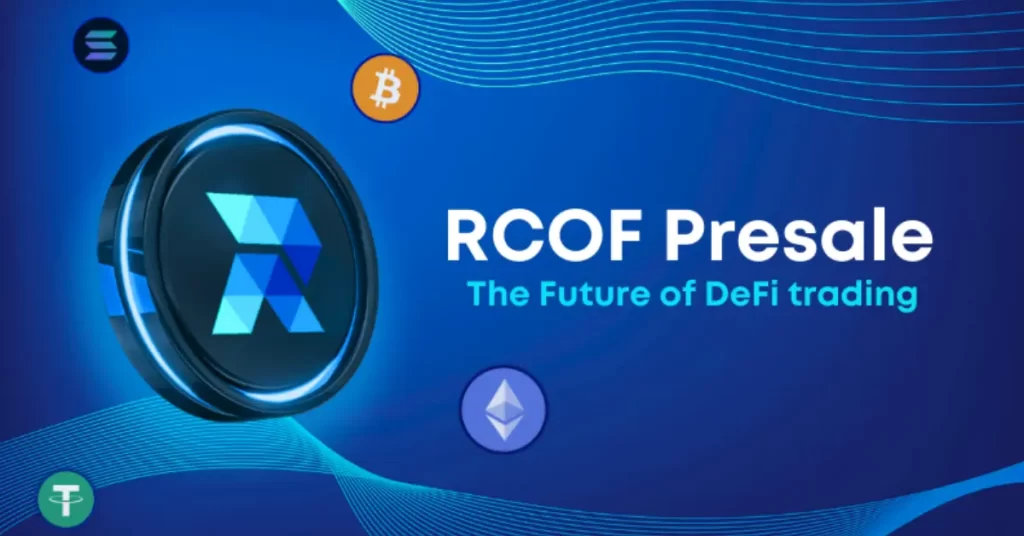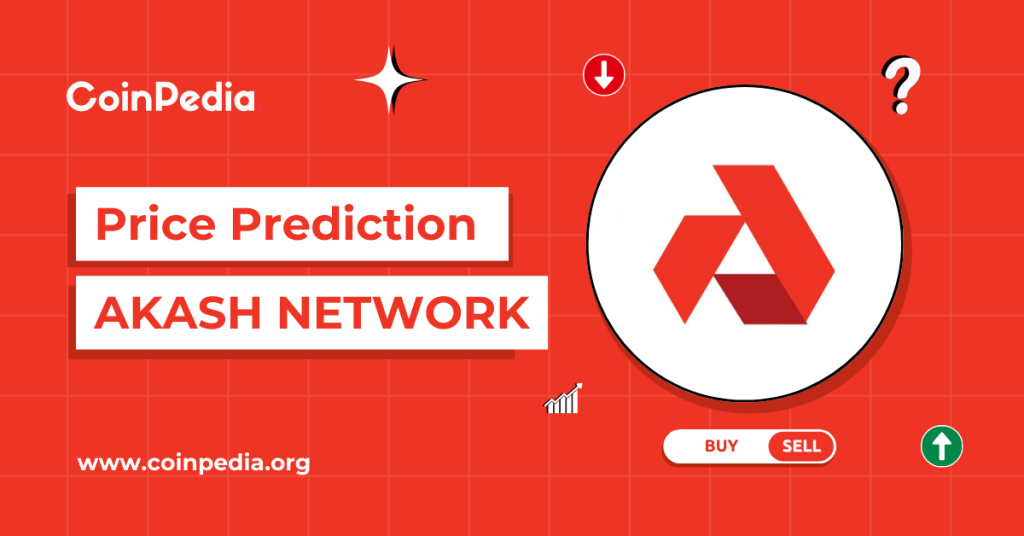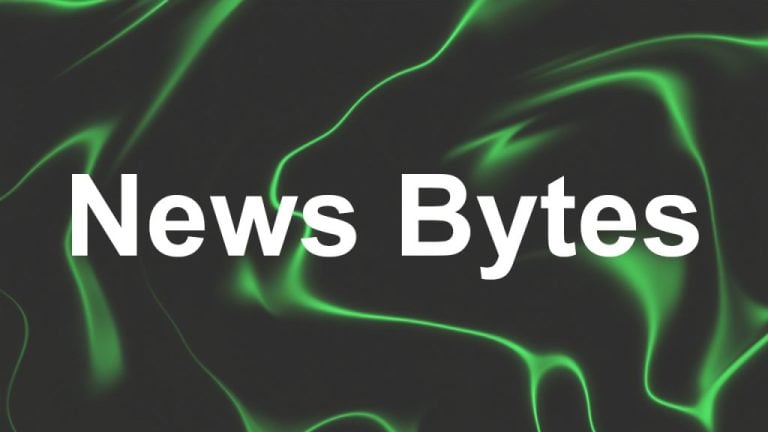
The post Getting Started With Staking On Cryptology.com appeared first on Coinpedia Fintech News
Cryptology.com is a crypto exchange, established in 2017. With its headquarters In Cyprus, they soon expanded into the rest of Europe, Latin America and Asia.
Cryptology is aimed to help newcomers and beginners step into the crypto trading world. With its user friendly interface, welcoming multilingual customer support and educational hub is the perfect place to get introduced to the world of cryptocurrencies.
Cryptology also takes pride in being the 4th safest crypto exchange in the world according to cer.live, and its top priority is protecting its customers’ data.
With hundreds of cryptocurrencies available, and new ones being added every day, Cryptology is on the fast track to becoming the crypto exchange with the most trading pairs available.
Let’s deep dive into how can you get started with Staking on Cryptology.com
Why start staking on Cryptology?
Cryptology offers a hussle free staking platform, with high estimated APR that’s available to everyone. Enjoy staking Ethereum (ETH), Solana (SOL), Polkadot (DOT), Kusama (KSM) and The Graph (GRT) safely and easily on Cryptology.com
Firstly, what is Staking?
Crypto staking is a process within blockchain networks that allows participants to actively engage in network operations and earn rewards for holding and locking up their cryptocurrency tokens. Unlike traditional proof-of-work (PoW) systems, where miners compete to solve complex mathematical puzzles to validate transactions, staking operates on a proof-of-stake (PoS) consensus mechanism. In staking, participants are often referred to as validators or stakers. They are chosen to validate and secure transactions based on the number of tokens they hold and are willing to “stake” as collateral.
By staking their tokens, participants contribute to the network’s security and stability and participate in the blockchain protocol’s governance and decision-making processes. In exchange for their contributions, speakers receive rewards in the form of additional tokens, which can vary depending on factors such as network activity, the total amount staked, and the specific rules of the protocol. Staking not only incentivizes users to hold onto their cryptocurrency but also helps to maintain the integrity and decentralization of blockchain networks while offering participants a means to generate passive income.
Available cryptocurrencies
Ethereum
You can start staking Ethereum (ETH) on Cryptology with an estimated APR of 4 – 6% on the fixed option, and an estimated APR of 1 – 3% on the flexible option. The fixed option offers an unbonding period of 5 days, while the flexible option the unbonding period is instant. ETH staking is simple with Cryptology, as you can view your earnings whenever you want with its dedicated dashboard, focusing on transparency and security.
Solana
Start staking Solana (SOL) on Cryptology with an estimated APR of 5 – 7 % on the fixed option, and an estimated APR of 2 – 4% on the flexible option. The fixed option offers a 3 day unbonding period, while on the flexible option the unbonding period is instantaneous.
Polkadot
Start staking Polkadot (DOT) on Cryptology with an estimated APR of 15 – 21% on the fixed option, and an estimated APR of 7 – 11% on the flexible option. The fixed option offers a 28 day unbonding period, while the flexible option offers an instant unbonding period.
Kusama
Start staking Kusama (KSM) with Cryptology, with an estimated APR of 13 – 18% on the fixed option, and an estimated APR of 5 – 9% on the flexible option. With a 7 day unbonding period on the fixed option, and an instant unbonding period on the flexible option.
The Graph
Stake The Graph (GRT) with Cryptology, with an estimated APR of 5 – 10% on the fixed option, and an estimated APR of 2 – 4% on the flexible option. The fixed option comes with a 28 day unbonding period, while the flexible option has an instant unbonding period.

 3 months ago
36
3 months ago
36









 English (US) ·
English (US) ·